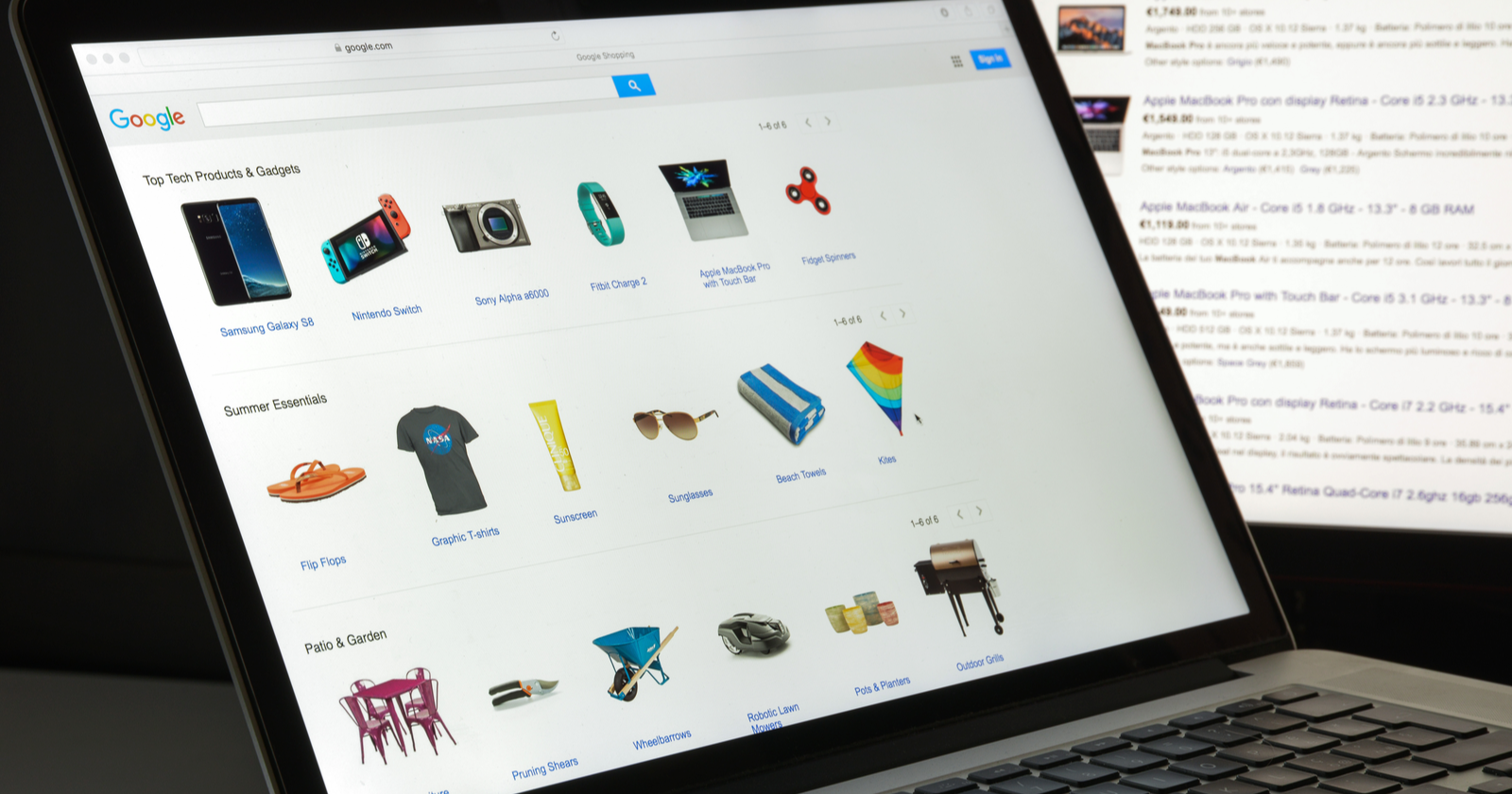A report from Bloomberg suggests Google getting ready to take another run at retail giant Amazon with a renewed determination to conquer ecommerce.
Ecommerce is a “division [Google] has tried and failed to figure out many times before,” the report reads.
If Google is getting serious about ecommerce again, why would it work out any different this time?
For one, there’s a new VP in charge since the last time Google made a strong push into ecommerce.
Prabhakar Raghavan, a senior Vice President at Google who oversees Search, Maps, and Ads, gave everyone a glimpse of his vision at this year’s Google I/O conference.
Raghavan’s influence over Google’s retail strategy dates back to his promotion in 2020, which is around the time Google got rid of the fees it used to charge for online purchases.
Bloomberg describes Raghavan’s vision as “anti-Amazon.” Retailers have to pay Amazon to use its website as a storefront, whereas Google has recently started letting businesses run shopping ads for free.
Free shopping listings sounds like an effective way for companies to get in front of customers, but are customers conditioned to using Google as a place to purchase products?
In this article we’ll look at whether Google can realistically compete with Amazon in the retail space. Then we’ll discuss what this means for businesses and what they can do to prepare for an ecommerce push from Google.
Google’s New Ecommerce Strategy Showing Promise
There’s early signs that Google’s new approach to ecommerce is working.
Google recently revealed in an earnings report that ecommerce advertising contributed to a 43% increase search revenue in 2021.
Advertisers are ready to embrace the direction Google is headed in, but what about customers?
Google reported last year that over a billion people shop on its properties every day.
Research from Morgan Stanley, published in fall 2021, finds consumers were using Google and YouTube to research products and price shop more often than they used Amazon, EBay, or Walmart.
Even Amazon’s most dedicated shoppers, Prime subscribers, are searching for products in Google more often.
In April, Morgan Stanley reported 59% of survey respondents who are Amazon Prime members said they started researching products on Google. That number is up from 50% last fall.
However, industry insiders tell Bloomberg that Google’s retailer-friendly approach to ecommerce isn’t attracting a significant number of new shoppers.
Google has succeeded at getting advertiser and retailer buy-in, now it needs to figure out how to turn searchers into buyers.
Preparing For Google’s Ecommerce Push
There are two things retailers can do now to position themselves for success as Google brings its ecommerce vision to life.
The first is to upload your product feed to Google Merchant Center. You can learn all about how to do that in this beginner’s guide to shopping ads.
There’s no upfront cost to using Google Merchant Center, you only pay if you decide to run premium shopping ads.
That brings us to the next recommendation, which is taking advantage of free product listings in Google.
With a product feed uploaded to Google through Merchant Center, you’ll be eligible to display free shopping listings.
The main difference between paid and free shopping listings is one gets priority over the other. As far as appearance and functionality goes, they’re identical offerings.
In addition to getting listed in the Shopping tab, there’s a chance your free listings will get displayed in search results.
Lastly, you can stay prepared by paying close attention to the latest Google updates. I suspect we’ll see innovative efforts from Google throughout the year to attract more shoppers.
Source: Bloomberg
Featured Image: CasamiroPT/Shutterstock
